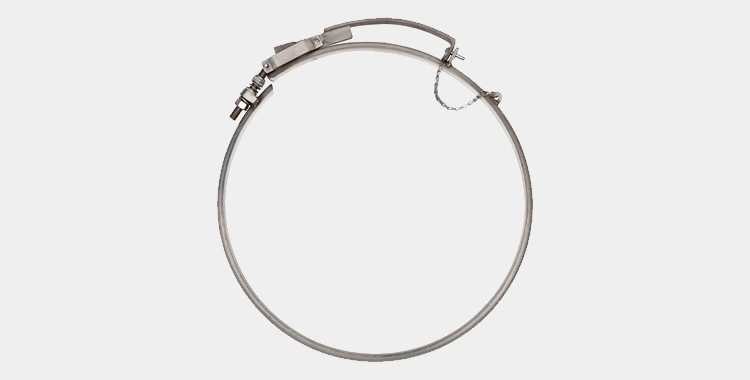
Locking rings and clamps are essential tools used in tightening various industrial and mechanical applications. They are designed to secure components and prevent them from slipping, rotating or coming loose. However, like any tool, they can be misused, leading to various issues, including equipment failure, safety hazards, and production downtime. In this blog post, Metro International LLC discusses some common mistakes to avoid when locking rings and clamps to ensure you get the most out of these tools and prevent any potential issues.
One of the most common mistakes when using locking rings and clamps is selecting them incorrectly. If the ring or clamp is too small, it will not install securely, and if it is too big, it will not apply enough pressure, and the component may still come loose. Make sure to measure the component accurately and select the locking ring or clamp size.
Over-tightening a locking ring or clamp can damage the component or the tool, and it can also lead to uneven pressure distribution. This can cause stress concentration, which can result in fatigue, fractures, or even failure of the component or tool. Always refer to the manufacturer's recommendations for the correct torque settings.
Poor installation is another common mistake that can lead to tension with locking rings and clamps. If the ring or clamp is not positioned correctly, it can cause the component to shift, resulting in vibration and increased wear and tear. Make sure to follow the manufacturer's installation instructions carefully to assure, and double-check the position of the component after installation.
The material of the locking ring or clamp is critical to its performance. Failure to choose the right material can result in premature wear, corrosion, or even failure. Always select a material that is compatible with the environmental conditions and application. For example, stainless steel is ideal for harsh environments, while aluminium is best suited for lightweight applications.
Regular maintenance of locking rings and clamps is essential to ensure their optimal performance. Neglecting maintenance can lead to issues such as rust, corrosion, or wear, which can compromise the integrity of the component. Always inspect the locking ring or clamp before use, and replace any that show signs of wear or damage.
Locking rings and clamps are essential tools used in various industrial and mechanical applications. However, they can be misused, leading to a range of issues. Remember, by avoiding these common mistakes, you can rest assured that your locking rings and clamps perform optimally, and you can maximize their lifespan. Always refer to the manufacturer's instructions, select the right size and material, and perform regular maintenance to keep your tools in top condition.
